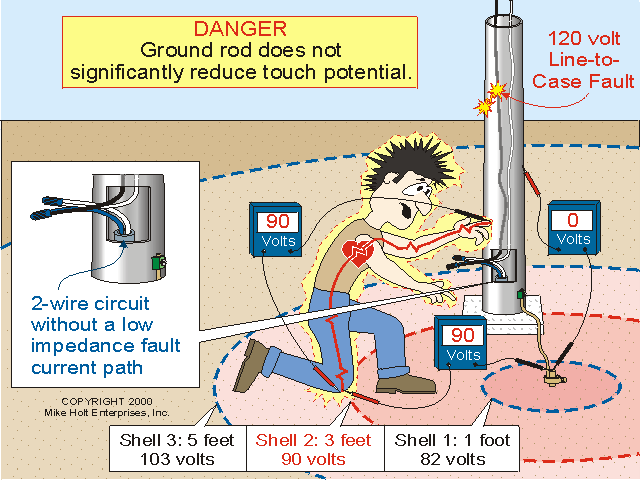- Location
- Lockport, IL
- Occupation
- Retired Electrical Engineer
A local paper had a story this morning about a tragedy.
The news article goes on to quote a utility spokesperson as saying,(The dog owner) had never heard of the term "contact voltage" until her German shorthair pointer was electrocuted . . . when he stepped on a metal plate by a lamppost.
If the utility comment had been, ?It wasn?t wired correctly,? it would have been equally understandable by the public, and it would have been technically accurate. Why does the world think that ensuring something is ?grounded? is the key to preventing shock hazards?The lamppost had been put in by a private developer . . . . Once approved, the post became city property. . . . "It wasn't sufficiently grounded," she says. . . . the post is functioning again, and the utility is investigating.

